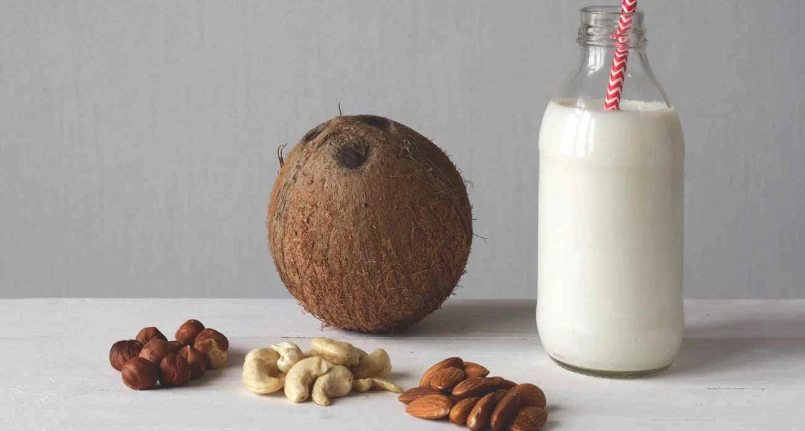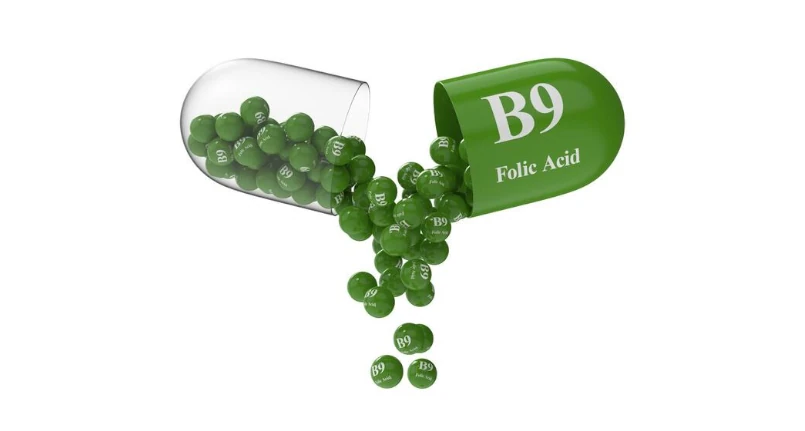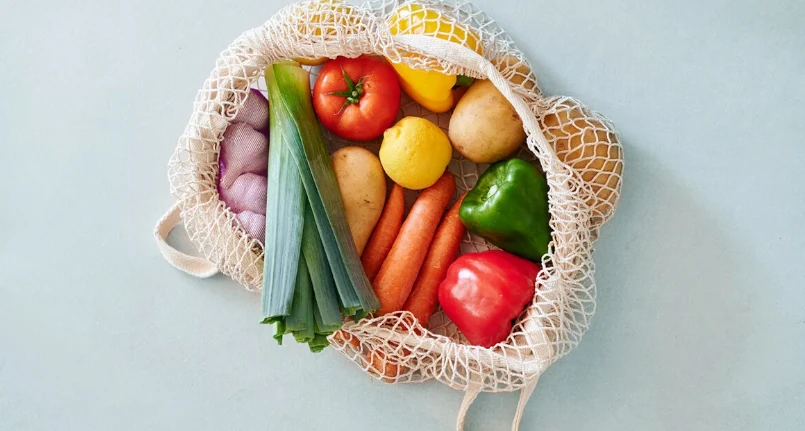Based on FAO statistics, among the eight foods considered most allergic, the primacy certainly belongs to milk, followed by soy , eggs , fish , peanuts / walnuts , molluscs , wheat and fruit ( banana , kiwi , apple , strawberry , melon ) .
Milk allergy : causes
Allergy to cow’s milk is very widespread, especially among children: the body manifests allergy after taking milk, because the proteins present in it are considered foreign by the young body, therefore potentially dangerous for health and worthy of an attack immune.
For a newborn, a milk-based diet is essential: if the mother’s milk is not available and there is an allergy to cow’s milk , the need to find a correct alternative to cow’s milk is understandable, absolutely necessary to ensure the health of the child .
Alternatives to cow’s milk
See also: therapeutic or “special” milks
The market offers a wide range of milk-based formulations, which can be a valid alternative to cow’s milk: unfortunately, however, it is not always immediate to identify the most correct alternative, considering that we are dealing with “little patients”.
The possible solutions can be summarized in:
- Heat treated milks
- Partial hydrolysis of cow’s milk proteins
- Milks other than cow’s milk
- Vegetable milks
- Other formulations
We will now try to shed light on these possible alternatives to cow’s milk.
Heat treated milks
With heat sterilization (i.e. cooking the milk at a temperature of 120°C for a time equal to 20-30 minutes) a partial denaturation of the milk proteins is obtained: the results, however, are not exciting, because caseins and whey proteins , in this process, they lose many vitamins and sugars , despite the loss, albeit slight, of their allergenic power. For these reasons, this process tends not to be suitable for the production of a valid substitute for cow’s milk.
Partial hydrolysis of cow’s milk proteins
To understand the treatment behind this product, we need to take a small step back and explain what is meant by ” food antigen “: all proteins with high molecular weight (5,000-10,000 Daltons) are potential food antigens. All other proteins with a molecular weight of less than 5,000 Daltons cannot be considered allergens, because their peptide chain is too short. So the importance of milk-based formulas with hydrolysed proteins is now understandable : the goal is to “break” the proteins into small fragments with a low molecular weight, in order to make the milk more digestible. To hydrolyze proteins, you can use:
- proteolytic enzymes
- Ultrafiltration , which retains high molecular weight fragments
- strong enzymatic hydrolysis: the best solution since it reduces the proteins to fragments of 1500 Dalton.
Milks other than cow’s milk
Milks other than cow’s milk can be used, such as goat’s and sheep’s milk: often, however, these milks have amino acid sequences similar to cow’s milk (cross-reactivity). Consequently, those who are allergic to cow’s milk are also allergic to goat’s and sheep’s milk. Donkey milk
is very similar to mother’s milk : the only drawback is that its availability is very difficult and its cost is very high.
Vegetable milks
In the world of vegetables, legumes have proteins of very high nutritional value: for this very reason many companies market vegetable milks. Among all, we remember soy milk : the problem is that soy, like cow’s milk, can create sensitizations, therefore intolerances or allergies . Recently, rice milk
has also been marketed as a possible alternative to cow’s milk: it is easily available and not very allergenic.
Other formulations
Elementary or semi-elementary milk represents the “last resort”, to be given to the child only if he is allergic to all the milks described above. It is a drinking milk, made up of both vegetable proteins (soy) and animal proteins (collagen was once used), combined with mineral salts , vitamins and carbohydrates .




